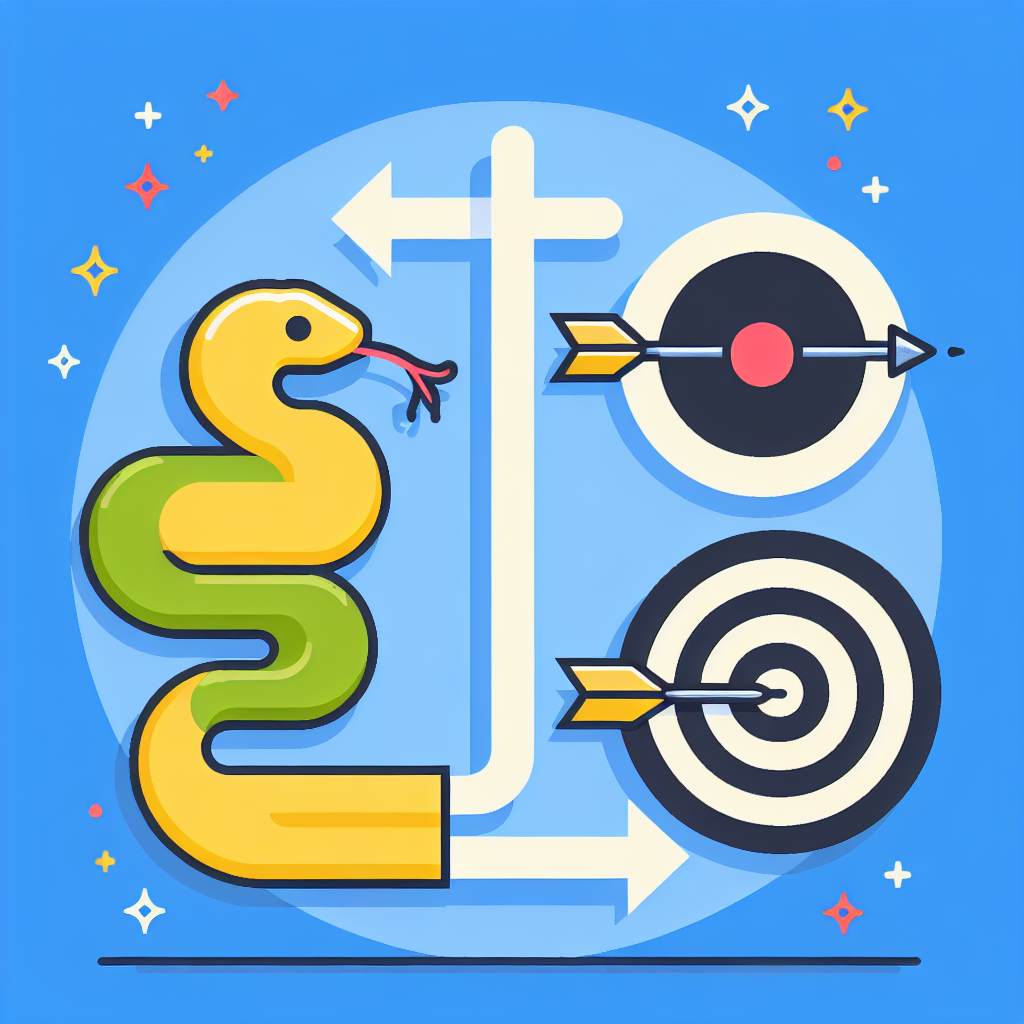Convert Python to Dart Effortlessly: Try Our Tool Now!
Effortlessly convert Python code to Dart with our intuitive tool. Boost your productivity and streamline cross-platform development today. Try it now!
Source Code
Converted Code
Output will appear here...
Python to Dart is a powerful conversion tool designed to seamlessly transform Python code into Dart, enhancing cross-platform development efficiency. Ideal for developers looking to leverage Darts performance in Flutter apps, it streamlines the migration process, saving time and reducing errors. Benefit from improved code compatibility and boost productivity with this essential tool for modern programming environments.

Python to Dart Conversion Tool Link to this section #
The Python to Dart conversion tool simplifies the process of translating your Python code into Dart, streamlining cross-platform development. This tool is invaluable for developers looking to leverage Dart's capabilities in Flutter while maintaining existing Python codebases.
Key Features Link to this section #
- Automated Syntax Conversion: Effortlessly convert Python syntax to Dart, reducing manual coding errors.
- Library Mapping: Automatically maps common Python libraries to equivalent Dart packages, ensuring seamless integration.
- Code Optimization: Enhances performance by optimizing the translated Dart code for better execution speed.
Why Use Python to Dart? Link to this section #
- Cross-Platform Development: Dart is essential for Flutter, which is used to develop high-performance apps for mobile, web, and desktop from a single codebase.
- Performance Boost: Dart's ahead-of-time compilation offers faster application performance compared to Python's interpreted nature.
- Strong Typing System: Dart's robust type system helps catch errors at compile-time, enhancing code reliability.
Example Conversion Link to this section #
Here's a basic example of how a simple Python code snippet translates into Dart:
Python Code:
def greet(name):
return f"Hello, {name}!"
print(greet("World"))
Dart Code:
String greet(String name) {
return "Hello, $name!";
}
void main() {
print(greet("World"));
}
Additional Resources Link to this section #
This tool is ideal for developers aiming to integrate Python and Dart seamlessly, expanding their project capabilities across diverse platforms. By utilizing this tool, developers can focus on building innovative applications without getting bogged down by language translation complexities.
For more advanced conversion needs, consider exploring custom conversion scripts or consulting with a programming language expert.
Frequently Asked Questions
How can I convert Python code to Dart?
Converting Python code to Dart involves manually rewriting the code since there is no direct tool for automatic conversion. You need to understand both languages' syntax and features to translate your Python logic into Dart.
What are the key differences between Python and Dart?
Python is dynamically typed and known for its simplicity and large ecosystem, making it ideal for data science and web development. Dart, on the other hand, is statically typed and optimized for frontend development, especially with Flutter for building cross-platform mobile applications.
Are there any tools to help with converting Python code to Dart?
There are no direct tools to convert Python code to Dart automatically. However, developers can utilize plugins and IDE features for each language to aid in the development process and ensure that the translated code follows best practices.